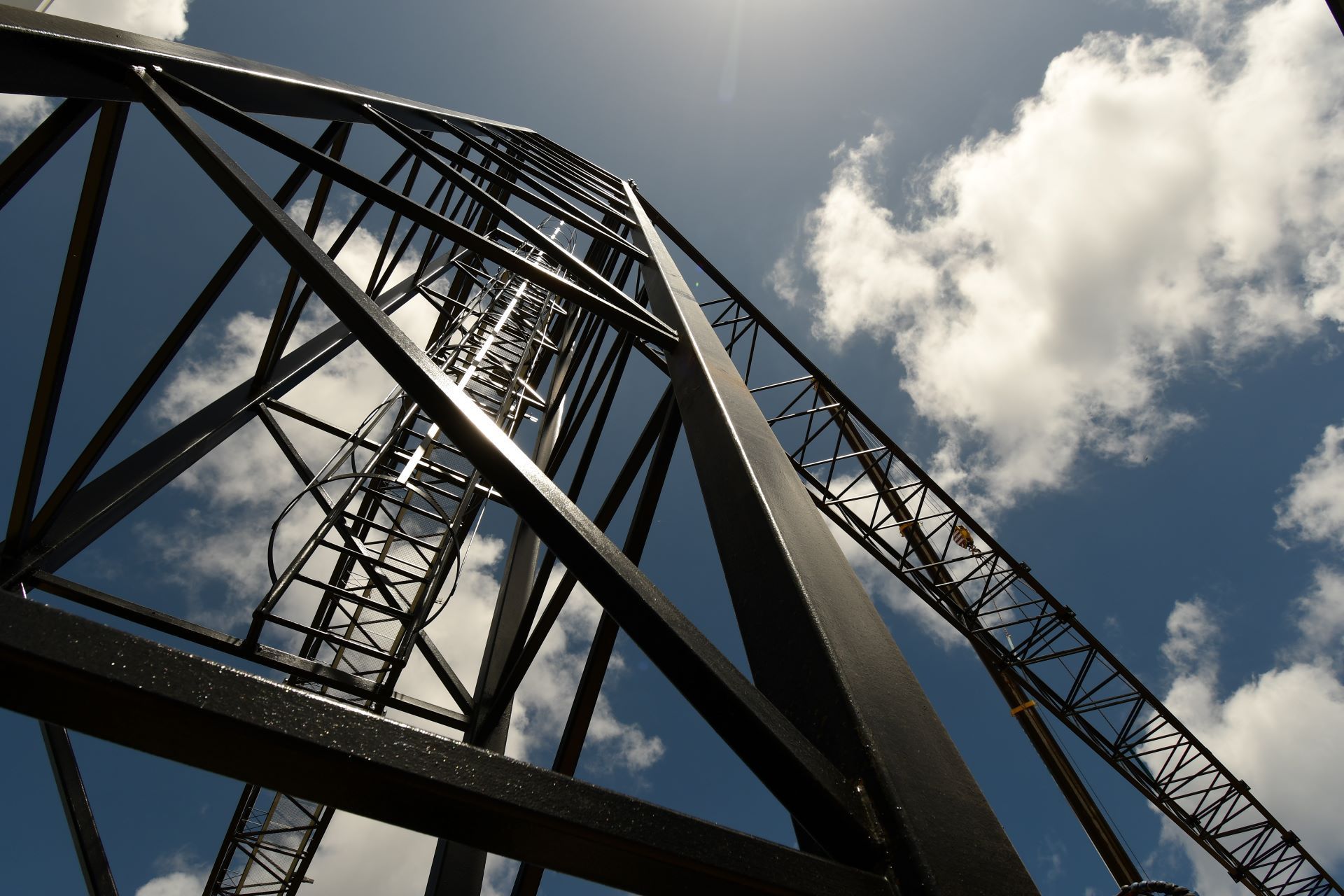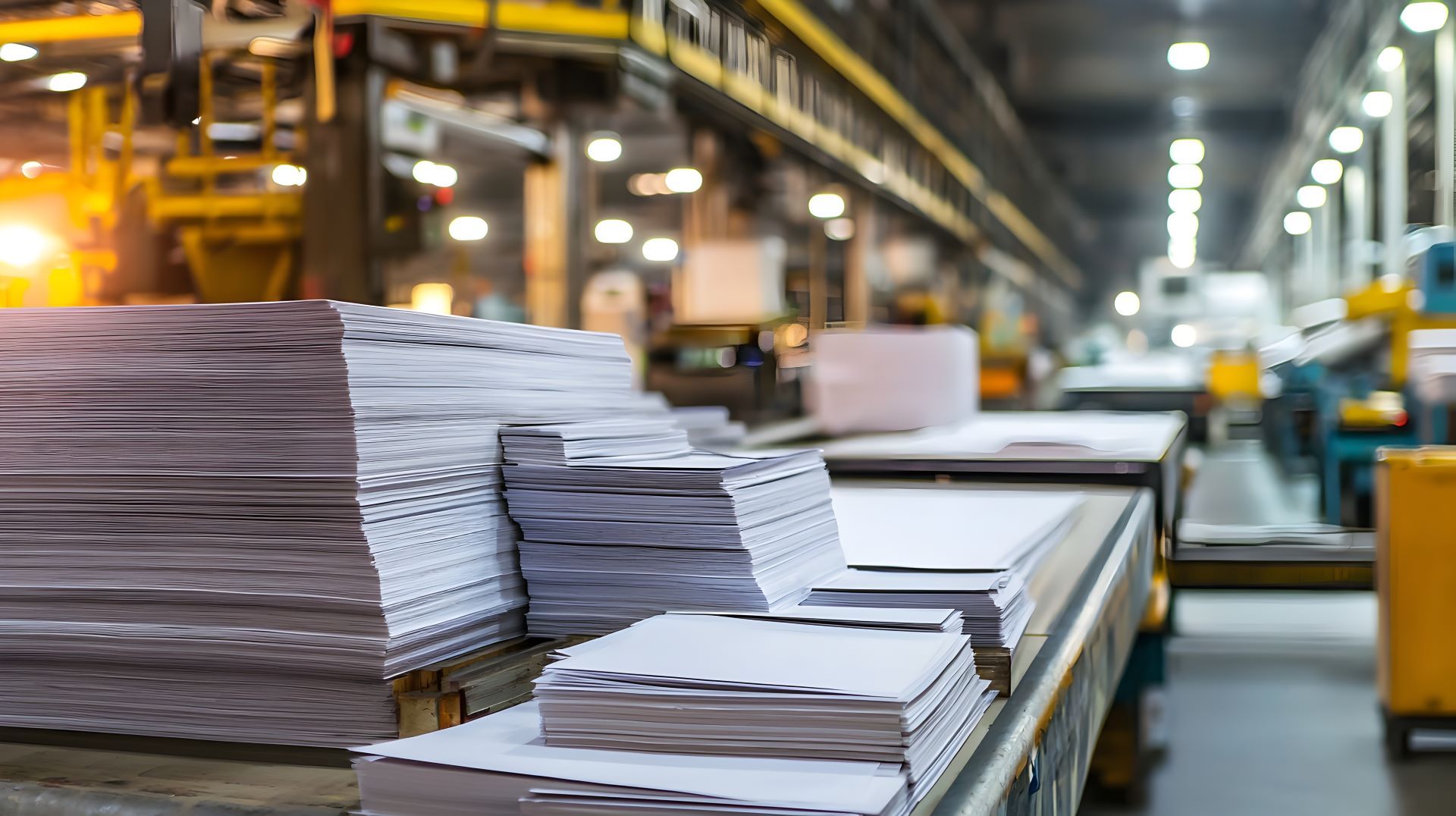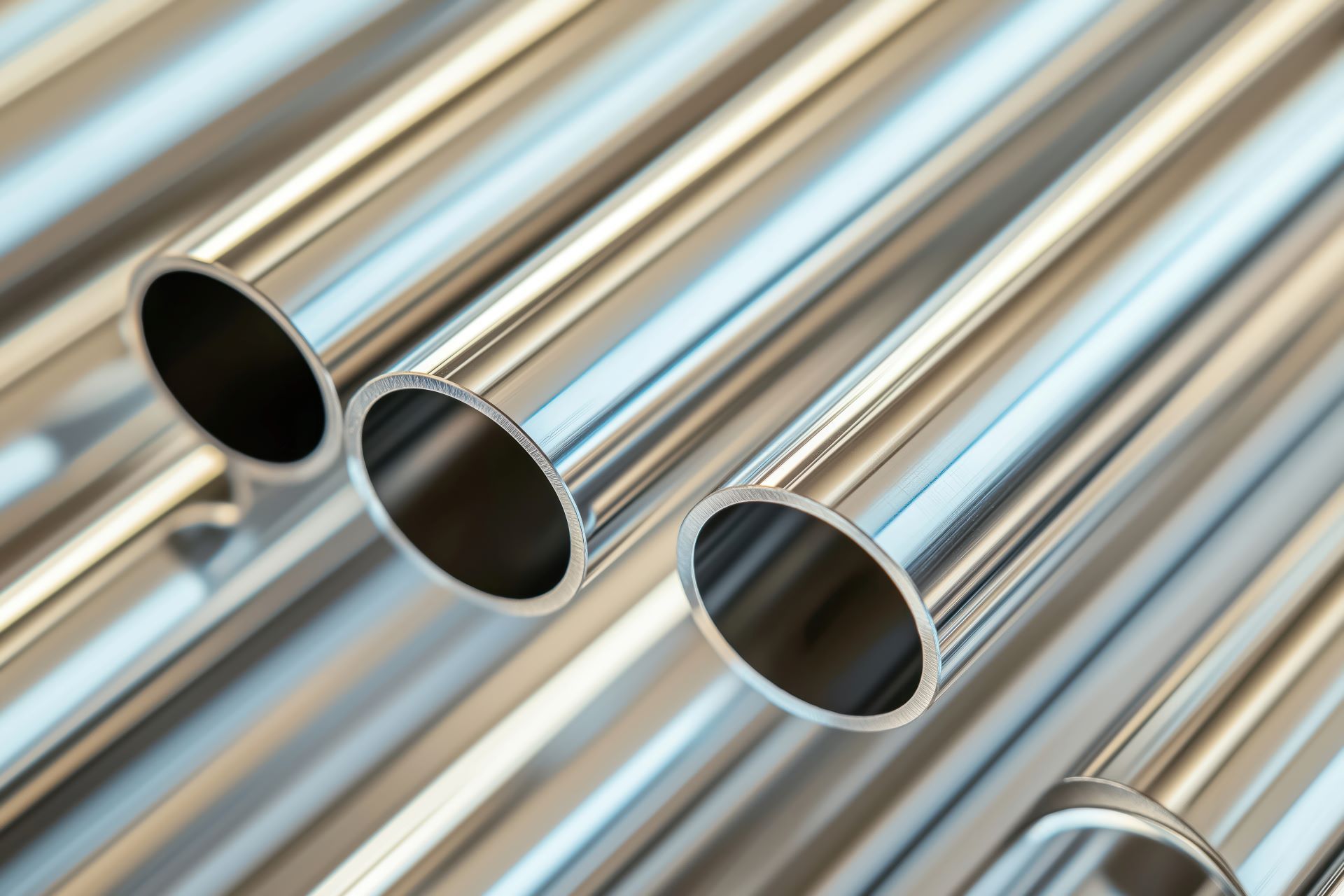304 vs. 316 Stainless: Choosing the Right Grade for Washdown Environments
In the food, beverage, and pharmaceutical sectors, maintaining strict sanitation standards is non-negotiable. Washdown environments where equipment and surfaces are routinely subjected to high-pressure water, caustic cleaners, and steam demand materials that not only resist corrosion but also comply with hygiene and safety regulations.
Two of the most common stainless steels used in these settings are 304 and 316. Both belong to the austenitic family, known for their non-magnetic nature, excellent corrosion resistance, and ease of fabrication. However, they differ significantly in chemical makeup and real-world performance especially in aggressive washdown settings.
This article breaks down how each alloy performs under repeated washdowns, how to choose the right material for your environment, and how Action Stainless supports fabrication-ready material solutions for sanitation-critical industries.
Washdown Demands: What Makes an Alloy Suitable?
Washdown areas are found in:
- Meat and poultry processing lines
- Beverage bottling and canning systems
- Dairy production and packaging
- Pharmaceutical blending, filling, and cleanroom environments
- Commercial kitchens and institutional food prep lines
In these zones, equipment surfaces are regularly exposed to:
- High-moisture environments
- Chemical disinfectants and acidic cleaners
- Abrasive scrubbing or pressurized jets
- Steam or thermal cycling during cleaning
- Stringent third-party hygiene audits (NSF, FDA, USDA, 3-A, etc.)
The alloy you specify must withstand both chemical exposure and physical stress without compromising welds, finishes, or surface integrity.
Table: Key Differences - 304 vs. 316 Stainless Steel
| Property | 304 Stainless Steel | 316 Stainless Steel |
|---|---|---|
| Main Alloying Elements | 18% Chromium, 8% Nickel | 16% Chromium, 10% Nickel, 2% Molybdenum |
| Corrosion Resistance | Good in most clean environments | Superior in chloride-rich or acidic environments |
| Resistance to Chlorides | Moderate (can pit or stain) | Excellent (molybdenum improves pitting resistance) |
| Weldability | Excellent | Excellent |
| Formability | Very good | Slightly lower but still workable |
| Cost | Lower | Typically 20–30% higher |
| Typical Uses | Sinks, prep tables, dry zones, outer frames | Pumps, valves, conveyors, tanks in wet or corrosive areas |
304 Stainless Steel: Reliable, But With Limits
304 stainless steel is widely used in food and pharma because of its:
- Clean finish and ease of sanitization
- Non-reactive surface that resists rust and staining in dry or lightly wet areas
- High ductility and weldability - ideal for complex shapes
However, in repeated washdowns with bleach, brine, or acid-based cleaners, 304 can show signs of:
- Pitting corrosion (especially around welds or low-drainage points)
- Discoloration or staining from chemical residue
- Shortened equipment lifespan when exposed to caustics daily
316 Stainless Steel: Built for Harsh Washdown Zones
The addition of molybdenum makes 316 stainless steel better suited for high-corrosion, high-humidity environments. It provides:
- Enhanced resistance to chloride attack, making it ideal in seafood processing, dairy, and pharma cleaning cycles
- Longer surface integrity under CIP (clean-in-place) and SIP (steam-in-place) cleaning
- Better durability in caustic soda and acid-based cleaning agents
316 is preferred where corrosion translates directly into sanitation risk or operational downtime.
Application Scenarios: Which Grade Is Right?
- Dry Storage or Prep Tables: 304 is typically sufficient
- Wet Drainage or Washdown Trenches: 316 is the better long-term investment
- Dairy Tanks or CIP Lines: 316 provides better corrosion margin
- Packaging Machinery Frames: 304 is often used, with 316 used in high-moisture zones
- Pharmaceutical Conveyors: 316 meets most hygienic design standards
- Commercial Kitchen Surfaces: 304 for counters; 316 for dishwasher interiors and sink bowls
Formability, Welding, and Maintenance Considerations
Both grades are highly workable. However, certain process differences can affect design and maintenance:
- Welding: Both alloy types weld cleanly, but 304 may need post-weld passivation to restore corrosion resistance.
- Finish selection matters: smoother finishes (No. 4, BA, or 2B) reduce microbial adhesion and ease cleaning.
- Maintenance: In highly acidic cleaners or saltwater rinse cycles, 316 resists corrosion much longer.
Real-World ROI Considerations
While 316 stainless costs more, the total cost of ownership often favors it when:
- Downtime from corrosion failure disrupts production
- Frequent replacements of 304 components raise labor/material costs
- Hygiene violations from surface degradation are a concern
Partnering With Action Stainless
Choosing the correct alloy grade is just one part of the solution. Material availability, cut-to-length processing, and surface finish selection all play a role in meeting your sanitation goals. Action Stainless offers:
- Stock in both 304 and 316 stainless in plate, sheet, bar, and tubing
- Polished and sanitary finishes ideal for washdown compliance
- Custom cutting and shearing to reduce onsite labor
- Technical support for selecting the right grade based on your cleaning chemicals and sanitation frequency
Final Word: Know Your Environment
If your equipment faces daily washdowns using alkaline, acidic, or chlorinated cleaners or if it's in contact with food, dairy, or pharma ingredients 316 stainless is typically the smarter investment. For lower-risk, dry environments, 304 remains an economical and widely used choice.
The correct decision protects more than just your surfaces - it supports food safety, audit success, and uptime.






